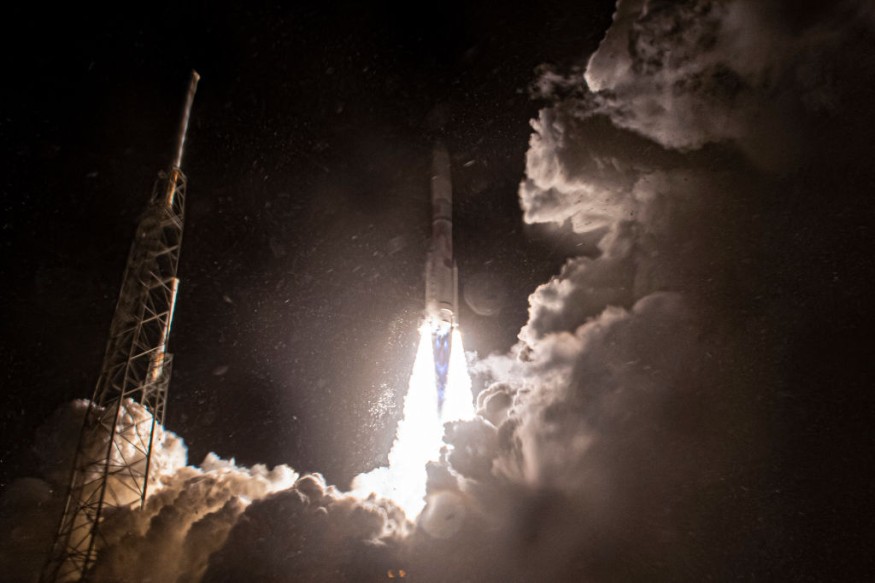United Launch Alliance's (ULA) Vulcan Centaur embarked on its first Cert-1 flight from Cape Canaveral, carrying Astrobotic's Peregrine moon lander. Launched at 2:18 a.m. EST, the mission faced a "critical loss of propellant" during the first U.S. moon soft landing attempt in 50 years.
However, the Peregrine spacecraft encountered technical issues, hindering solar panel movement. Despite battery challenges, engineers successfully tilted Peregrine, averting potential mission failure and allowing panel recharging.

'Critical Loss of Propellant' Endangers Historic Peregrine Mission
The United States has ventured into a soft moon landing attempt for the first time in over 50 years, but the mission faces potential failure due to a "critical loss of propellant."
Launched from Cape Canaveral on a Vulcan rocket, the Peregrine spacecraft, owned by Astrobotic Technology, encountered technical difficulties just six hours into its journey, hindering its ability to turn solar panels toward the sun.
Despite initial efforts to address the issue and charge the panels, a subsequent update from the team raised concerns about a possible propellant leak, posing a severe risk to the mission.
This setback jeopardizes the historic U.S. effort, marking the first commercial flight to the moon since 1972. Additionally, the mission's payload, including the remains of "Star Trek" cast members and DNA samples of former U.S. presidents, faces potential compromise.
To achieve a successful moon landing, Peregrine must reorient its engine during the descent, initially scheduled for February 23. The mission encompasses scientific instruments designed to collect data on lunar resources and potential risks to human habitation.
Controversially, the spacecraft carries human remains, including those of notable figures from the entertainment industry and DNA samples of U.S. presidents. Astrobotics is part of a private-public partnership with NASA, joining companies like Intuitive Machines and Firefly Aerospace.
This collaboration aims to conduct multiple lunar missions in 2024, with NASA taking a supportive role in spacecraft design and mission planning, emphasizing cost reduction, speed, and innovation.
READ ALSO: NASA Returns to the Moon: Peregrine One Getting Ready for Historic Lunar Landing After 50 Years
Vulcan Centaur Cert-1: Lunar Triumph, Future Missions Ahead
Even with the current problem, the triumph of Vulcan Centaur's Cert-1 flight not only signifies a pivotal achievement with the launch of Astrobotic's Peregrine moon lander but also stands as a noteworthy milestone for private lunar exploration. It aligns seamlessly with NASA's Commercial Lunar Payload Services initiative, underlining a significant advancement in lunar exploration collaborations.
The mission, despite facing a technical fault during its early hours, demonstrated the resilience and problem-solving capability of engineers. Successfully addressing the challenge, they ensured that the Peregrine spacecraft could proceed with its mission to the moon.
This incident underscored the complexities and risks involved in lunar missions, emphasizing the challenging nature of soft moon landings and the need for innovative solutions to unforeseen issues.
Looking ahead, the completion of Vulcan's Cert-1 flight sets the stage for an ambitious 2024, where six Vulcan missions are planned. The success of these future missions hinges on spacecraft readiness and contractual agreements, indicating a robust schedule for ULA's Vulcan Centaur rocket in the coming year.
RELATED ARTICLE:
NASA Launching Lunar Landers and Science Payloads on Its Historic Return to the Moon
Check out more news and information on Moon Landing in Science Times.









